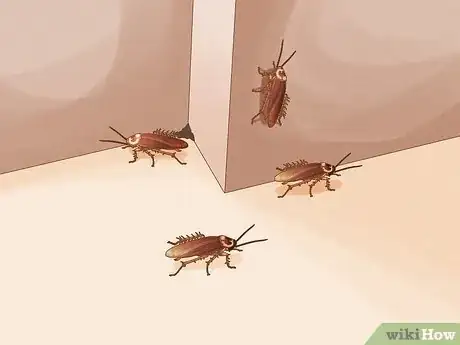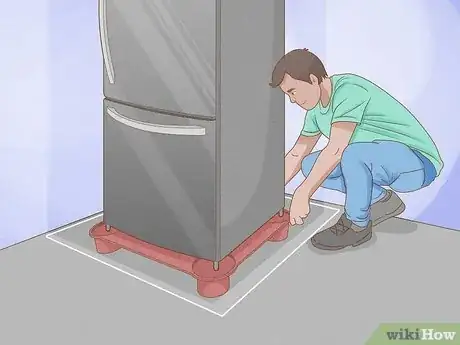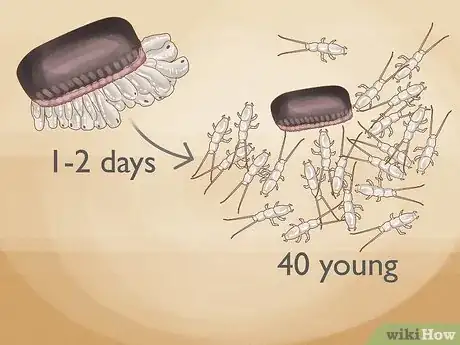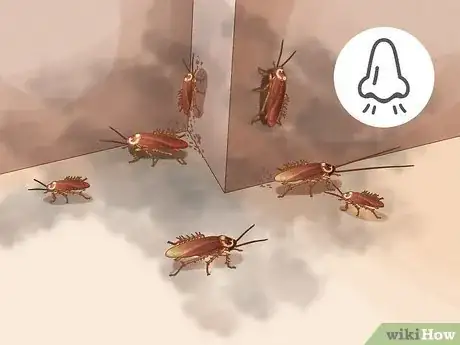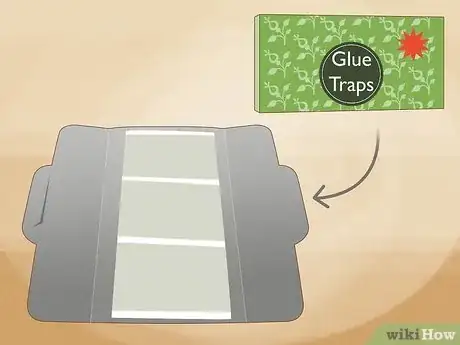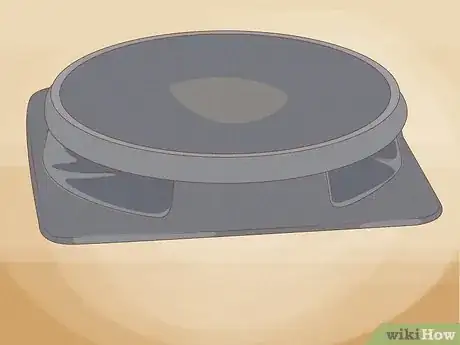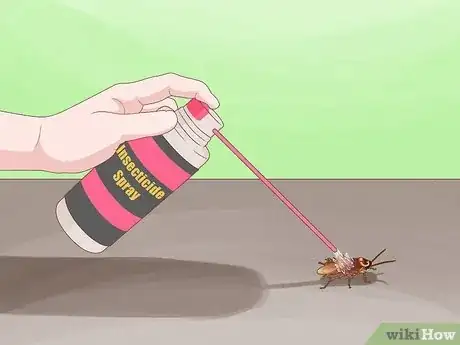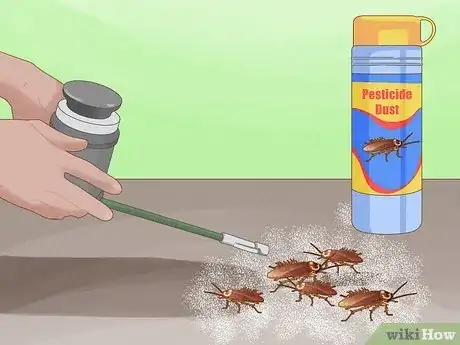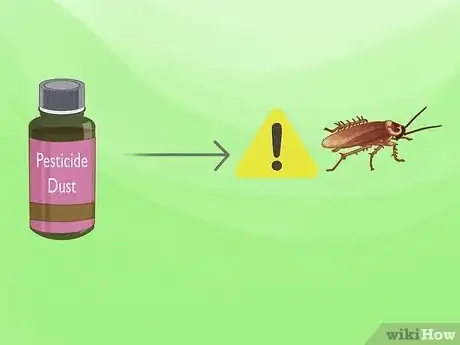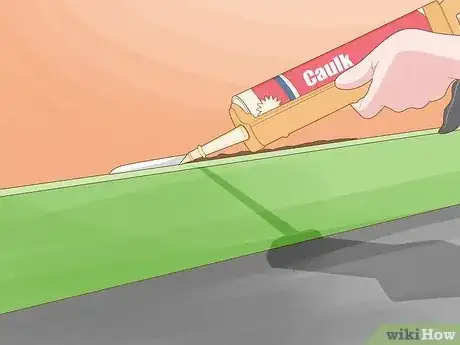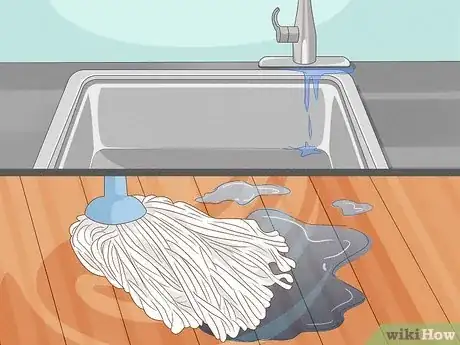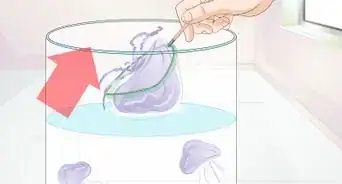This article was written by Kevin Carrillo. Kevin Carrillo is a Pest Control Specialist and the Senior Project Manager for MMPC, a pest control service and certified Minority-owned Business Enterprise (MBE) based in the New York City area. MMPC is certified by the industry’s leading codes and practices, including the National Pest Management Association (NPMA), QualityPro, GreenPro, and The New York Pest Management Association (NYPMA). MMPC's work has been featured in CNN, NPR, and ABC News.
There are 12 references cited in this article, which can be found at the bottom of the page.
This article has been viewed 2,313 times.
If you spot a cockroach, don’t panic! Cockroaches enter a home in search of food, water, and shelter, but there are many ways to get rid of roaches and prevent them from coming back. In this article, we'll help you determine where roaches hide, the signs of infestation, and ways to eliminate them (plus when to call an exterminator).
This article is based on an interview with our MMPC-certified pest control specialist, Kevin Carrillo. Check out the full interview here.
Things You Should Know
- To determine if you have an infestation, search for possible hiding spots in your kitchen and bathroom, like under the sinks and cabinets.
- If you find multiple roaches, droppings, or egg cases, call an exterminator ASAP.
- If there aren't any signs of infestation, use glue traps to kill roaches directly, or set up a bait station to eliminate a few random roaches.
Steps
Finding Hidden Roaches
-
1Clean out kitchen and bathroom cabinets. Cockroaches thrive in warm, humid environments, so check inside your kitchen and bathroom cabinets for potential hiding spots. Empty all the shelving for the entire room, and carefully scan for any cracks or holes in the cabinetry.
- Usually, 80-90% of cockroaches reside in the kitchen or bathroom.
-
2Search for cracks and crevices in walls. A cockroach can wedge into an opening that’s only 1 millimeter (0.04 in) to 2 millimeters (0.08 in) thicker than itself, so check if there’s any damage to your walls, window screens, or door frames.
- When foraging, cockroaches usually gather in corners and travel along the edges of walls, so prioritize the perimeter of your home before inspecting interior walls.[3]
-
3Inspect areas around kitchen appliances. Cockroaches are attracted to heat sources, so look underneath your refrigerator, dishwasher, and oven to check for a possible infestation.
- Additionally, focus on places that may have food residue like your utensils, toaster, and garbage disposal.
References
- ↑ https://ipm.ucanr.edu/PMG/PESTNOTES/pn7467.html
- ↑ https://ipm.ucanr.edu/PMG/PESTNOTES/pn7467.html
- ↑ https://ipm.ucanr.edu/PMG/PESTNOTES/pn7467.html
- ↑ https://www.pubs.ext.vt.edu/content/dam/pubs_ext_vt_edu/ENTO/ento-528/ENTO-528.pdf
- ↑ https://www.epa.gov/ipm/cockroaches-and-schools
- ↑ https://www.centralsan.org/sites/main/files/file-attachments/cockroaches.pdf?1511470413
- ↑ https://digitalcommons.usu.edu/cgi/viewcontent.cgi?article=1878&context=extension_curall
- ↑ https://www.epa.gov/ipm/cockroaches-and-schools
- ↑ https://extension.umn.edu/insects-infest-homes/cockroaches
- ↑ http://www.idph.state.il.us/envhealth/pcsaferoach.htm
- ↑ https://ipm.ucanr.edu/PMG/PESTNOTES/pn7467.html
- ↑ https://ipm.ucanr.edu/PMG/PESTNOTES/pn7467.html
- ↑ https://ipm.ucanr.edu/PMG/PESTNOTES/pn7467.html
- ↑ https://ipm.ucanr.edu/PMG/PESTNOTES/pn7467.html
- ↑ https://extension.msstate.edu/publications/control-household-insect-pests
- ↑ https://extension.entm.purdue.edu/publications/E-23/E-23.html
- ↑ https://extension.entm.purdue.edu/publications/E-23/E-23.html
- ↑ https://ipm.ucanr.edu/PMG/PESTNOTES/pn7467.html
- ↑ https://www.ncbi.nlm.nih.gov/pmc/articles/PMC5186743
- ↑ https://extension.psu.edu/german-cockroaches
- ↑ https://extension.psu.edu/german-cockroaches
- ↑ https://www.hawaiidws.org/how-to-detect-for-leaks
